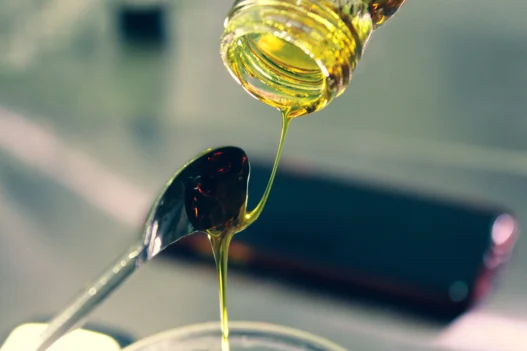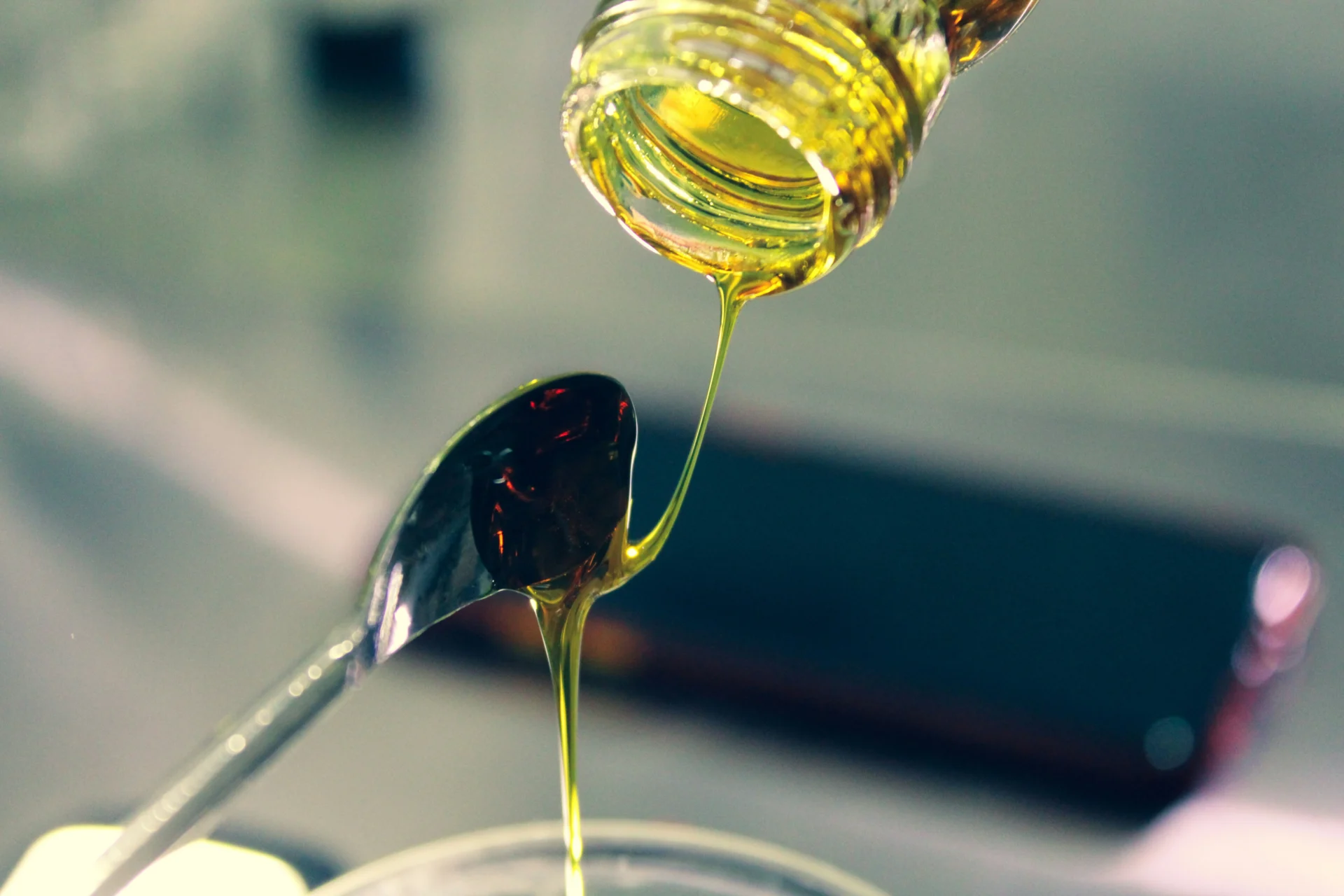24-Epibrassinolide is a plant hormone that plays a crucial role in regulating various physiological processes in plants, such as growth, development, and stress response. This naturally occurring compound has also shown promising potential in agriculture for enhancing crop productivity, improving tolerance to environmental stresses, and reducing the need for chemical fertilizers. As such, understanding the mechanisms behind 24-Epibrassinolide’s effects on plants can have significant implications for food security, sustainability, and the overall well-being of our agricultural systems.
Table of Contents:
- 💡 Commercial Applications
- ⚗️ Chemical & Physical Properties
- 🏭 Production & Procurement
- ⚠️ Safety Considerations
- 🔬 Potential Research Directions
- 🧪 Related Compounds
💡 Commercial Applications
24-Epibrassinolide, a type of brassinosteroid phytohormone, has various commercial and industrial applications. It is used in agriculture as a plant growth promoter, increasing yields of crops such as rice, corn, and vegetables. Additionally, 24-Epibrassinolide is utilized in horticulture to improve plant growth, flowering, and overall health.
In the field of biotechnology, 24-Epibrassinolide is used in tissue culture to enhance cell division and growth. This hormone can stimulate root development and increase the resistance of plants to environmental stressors. Furthermore, 24-Epibrassinolide has potential applications in biofuel production, as it can enhance the growth and biomass yield of bioenergy crops.
In terms of drug and medication applications, 24-Epibrassinolide is currently being studied for its potential anti-cancer properties. Research has shown that this phytohormone can inhibit the growth of certain cancer cells and induce apoptosis. Additionally, 24-Epibrassinolide may have therapeutic effects on neurodegenerative diseases, as it has been found to promote neuronal cell survival in laboratory studies. More research is needed to fully understand the medical applications of this compound.
⚗️ Chemical & Physical Properties
24-Epibrassinolide is a white crystalline powder with no discernible odor. It is highly pure, with a chemical formula of C28H48O6, and a molar mass of approximately 480 g/mol. In terms of density, 24-Epibrassinolide is less dense than common food items such as sugar or salt.
With a melting point of around 286-288°C and a boiling point of approximately 600°C, 24-Epibrassinolide exhibits high thermal stability. These values are significantly higher than those of common food items such as butter or chocolate. This compound can withstand high temperatures without degradation.
24-Epibrassinolide is sparingly soluble in water and has a low viscosity. This sets it apart from common food items like honey or syrup, which have high solubility and viscosity in water. Its unique solubility and viscosity properties make it suitable for specific applications in various industries.
🏭 Production & Procurement
24-Epibrassinolide is a plant hormone that can be produced through chemical synthesis or extraction from certain plant species. The chemical synthesis involves several steps using precursors and catalysts to create the desired molecule. Extraction from plants typically involves using organic solvents to isolate the hormone from plant tissues.
After production, 24-Epibrassinolide can be procured through specialized chemical suppliers or research institutions that focus on plant hormones. It can be purchased in various forms, such as pure compound powder or solution. Transportation of 24-Epibrassinolide is typically done under controlled conditions to prevent degradation or contamination during transit.
For research purposes, 24-Epibrassinolide can be procured by placing an order with a reputable supplier and specifying the desired quantity and purity. Once the compound is received, it should be stored according to the supplier’s instructions to maintain its stability and activity. Proper documentation and handling procedures should be followed to ensure the quality and efficacy of the hormone.
⚠️ Safety Considerations
Safety considerations for 24-Epibrassinolide include the potential for eye and skin irritation upon contact. It is recommended to wear appropriate protective clothing, gloves, and goggles when handling this substance to minimize the risk of exposure. In case of accidental ingestion, medical attention should be sought immediately, and the individual should not induce vomiting unless instructed to do so by medical personnel.
Hazard statements for 24-Epibrassinolide include “Causes skin irritation” and “Causes serious eye irritation.” These statements alert individuals to the potential risks associated with exposure to this substance. It is important to take proper precautions to prevent contact with the skin and eyes, as well as to seek medical attention if exposure occurs.
Precautionary statements for 24-Epibrassinolide include “Wear protective gloves/protective clothing/eye protection/face protection” and “IF IN EYES: Rinse cautiously with water for several minutes. Remove contact lenses, if present and easy to do. Continue rinsing.” These statements emphasize the importance of using appropriate protective equipment when handling this substance and provide guidance on proper first aid measures in case of eye exposure. It is crucial to follow these precautions to ensure safe handling of 24-Epibrassinolide.
🔬 Potential Research Directions
Research into 24-Epibrassinolide, a brassinosteroid plant hormone, has shown potential for a wide range of applications in agriculture and horticulture. Its involvement in plant growth, stress tolerance, and flowering regulation makes it a promising target for further investigation.
One potential research direction is to explore the molecular mechanisms underlying the effects of 24-Epibrassinolide on plant growth and development. Understanding the signaling pathways and gene expression changes induced by this hormone could provide valuable insights into how it functions at a cellular and molecular level.
Additionally, research on the interactions between 24-Epibrassinolide and other hormones, such as auxins, cytokinins, and abscisic acid, could shed light on the crosstalk between different hormonal pathways in plant growth and stress responses. Investigating how these hormones work together or antagonize each other could lead to new strategies for manipulating plant growth and development.
Furthermore, studies on the application of 24-Epibrassinolide in crop production, including its potential for improving crop yield, stress tolerance, and nutrient uptake, could have significant implications for sustainable agriculture. Field trials and experiments on a variety of crops could help identify the optimal dosages and application methods for maximizing the benefits of this hormone in agricultural settings.
🧪 Related Compounds
One similar compound to 24-Epibrassinolide based upon molecular structure is 28-homobrassinolide. Like 24-Epibrassinolide, 28-homobrassinolide is a naturally occurring brassinosteroid that plays a crucial role in plant growth and development. Both compounds share a similar backbone structure, with minor modifications in side chains that can influence their biological activities.
Another compound closely related to 24-Epibrassinolide is Castasterone. Castasterone is a biologically active brassinosteroid that regulates various physiological processes in plants, similar to 24-Epibrassinolide. While they have some structural differences, both compounds exhibit similar modes of action and signaling pathways within the plant cell.
Additionally, Teasterone is another compound that bears resemblance to 24-Epibrassinolide in terms of molecular structure. Teasterone, like 24-Epibrassinolide, is an active brassinosteroid that modulates plant growth and development. Both compounds share similar structural features, such as the presence of a tetracyclic ring system and side chains, which contribute to their biological functions in plants.









